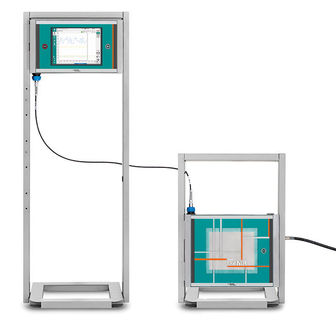To use all functions of this page, please activate cookies in your browser.
my.bionity.com
With an accout for my.bionity.com you can always see everything at a glance – and you can configure your own website and individual newsletter.
- My watch list
- My saved searches
- My saved topics
- My newsletter
Athlete's heartAthletic heart syndrome is a medical syndrome where an athlete's heart becomes enlarged from exercise, resulting in a lower resting pulse than that of an average person. These changes would indicate heart-disease if observed in a sedentary person, but in an athlete a large heart with a slow resting pulse is the result of normal and healthy physiological adaptions, and indicates a high level of fitness. Athlete's heart is asymptomatic and needs no treatment. Product highlightThe heart, being a muscle, responds to continuous stress by adapting and strengthening itself. Prolonged cardiovascular exercise, usually over an hour a day, will eventually cause an increase in stroke volume, chamber size, and wall thickness and muscle mass of the left ventricle. Thus, the heart is able to pump more blood, leading to a slower heart rate (usually between 35 and 50 beats per minute). Signs of athlete's heart may include arrythmia and other abnormal sounds. Athlete's heart needs to be identified in order to ensure that it is not a serious heart problem.
|
| This article is licensed under the GNU Free Documentation License. It uses material from the Wikipedia article "Athlete's_heart". A list of authors is available in Wikipedia. |







